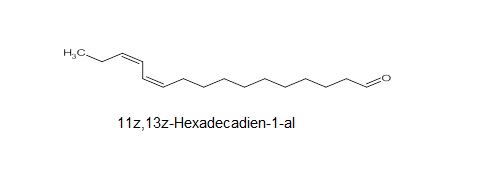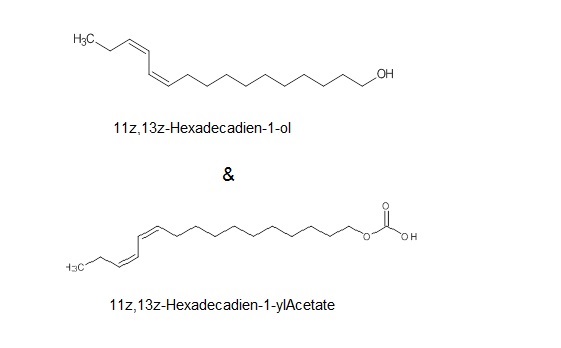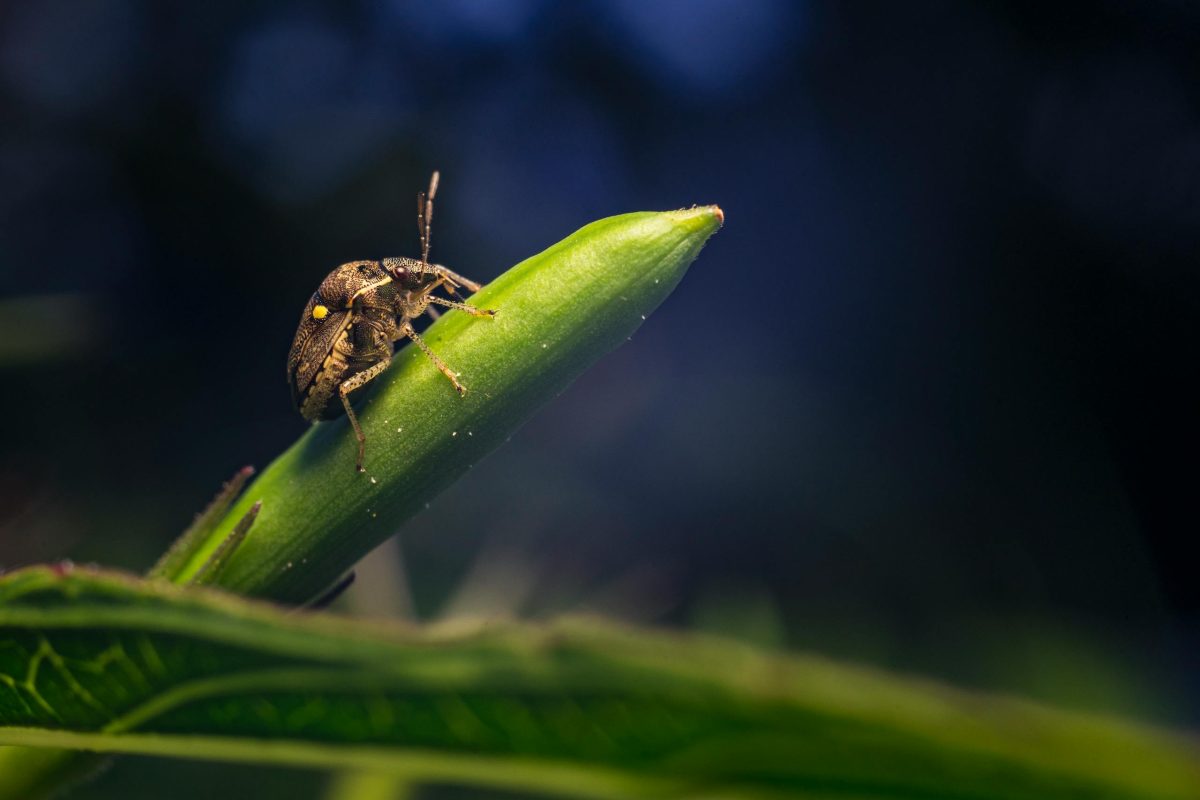Have you ever met someone who is mysteriously, insanely attractive? Then you may be dealing with something known as ‘Pheromones.’
Now you might be curious about Pheromones? Hence, we will cover all the essential points about Pheromone in this article.
Of course, we are not going to discuss about human pheromones, rather, insect pheromones that deal with insects. This is very general article about pheromones. At ChemHub, we are making a few pheromones targeting some insects. Please visit our pheromone page at www.chemhub.com in the product category.
What are pheromones?
Pheromones are a single or small group of molecules that send messages between creatures of the same species, causing them to modify their behavior.
Pheromones are often simply one component of a broader collection of odorants released by an insect or mammal, and others have no noticeable fragrance. Nevertheless, odorants play a critical part in insect communication, and as we’ll see, they employ a wide range of chemical substances.
Animal pheromones
Animals secrete pheromones to trigger various behaviors, including raising the alarm, sexual arousal, warning another animal to back off, signaling a food trail thanks to their enhanced senses, and vomeronasal organ. The first pheromone, known as bombykol, is said to have been discovered in 1959. Bombykol is thought to be released by female moths to attract males.
Discovery of Pheromones
Pheromones were discovered by accident in the 18th century. Bonnet, a French ecologist, discovered the ant trail. He set up a table with an ant colony on one end and a little pile of sugar on the other.
He noticed that ants leaving the colony crossed the table to the sugar mound, picked it up, and carried it back to the colony. The ants followed a set path back and forth, with no deviations.
According to a study conducted by French biologist Pierre Bonnet, when he rubbed his finger over a line of ants, the ants came to a halt and searched the rubbed region. Then, they tapped their antennae on the ground while waving them in the air. Bonnet believed that the ants’ path was a trail of chemicals that they could detect and follow.
Types of Pheromones
Alarm pheromones
Alarm pheromones are volatile chemicals produced by clonal or social insects in reaction to a disturbance. Monoterpenes, sesquiterpenes, and short-chain aliphatic hydrocarbons are some of the signals that can be detected. They are less specific than other types of pheromones and typically contain combinations of chemicals.
Releaser pheromones
Releaser pheromones are a type of pheromone that may be used to
Pheromones that change the recipient’s behavior are known as releaser pheromones. Some creatures, for example, employ potent attractant chemicals to attract mates from two kilometers or more away. This sort of pheromone evokes a fast response in most people, but it degrades quickly.
Trail pheromones
Trail pheromones are a multipurpose chemical secretion that guides individuals of the same species to a food source while also acting as a territorial mark in the form of an allomone to creatures from other species. Trail pheromones are usually mixed with secretions from many exocrine glands to achieve better specificity.
Trail pheromone deposition is one of the essential elements that explain the effectiveness of social insect communication today. Moreover, it is one of the fundamental chemical signaling systems many social insects rely on.
Signal pheromones
Signal pheromones are a type of pheromone that is used to Short-term effects, such as the release of neurotransmitters that activate a reaction, are caused by signal pheromones. For example, the chemical Gonadotropic releasing hormone (GnRH) acts as a neurotransmitter in rats to cause lordosis behavior.
Epideictic pheromones
Epideictic pheromones are mainly used to indicate where female insects lay their eggs. Food pheromones are often associated with trail pheromones; they are associated with species that employ volatile hydrocarbons to steer their actions toward breeding to survive.
Information pheromones
Pheromones that indicate an animal’s identification or territory are known as information pheromones. For example, cats and dogs deposit chemicals in and around their territory, which signals that the occupier is there to other species members.
Modulator pheromones
Pheromones that modulate or synchronize biological activities are known as modulator pheromones. They’re most commonly detected in sweat. Scientists discovered that when put on the top lip of females, they became less nervous and calmer in animal trials. The monthly cycle of a woman may be affected by modulator hormones.
Aggregation pheromones
Aggregation pheromones are used for predator defense, partner selection, and mass attack to overcome host resistance. An aggregation is a collection of people who gather in one place, whether of one gender or both. Aggregation pheromones are one of the most environmentally specific pest control strategies available. At shallow doses, they are harmless and effective.
To sum up, Pheromones can boost or control mood, relax, reduce anxiety, and alleviate sadness.
They’re also proven to be incredibly effective in luring insects and control the population by mating disruption.
At ChemHub, we are not entomologists. We focus on chemistry and we only make a few intermediates and semio-chemicals for pheromone industries where entomologists formulate them in traps or spray to disrupt insect mating behavior to minimize or even eradicate particular insect species. The benefits are:
- Pheromones are non-toxic.
- Pheromones are environment friendly.
- Only small amount of pheromones are required.
- They are alternative solution to pesticide use.
- Pesticides are harmful and even carcinogenic.
- Large amount of pesticides are required to control insects.
- Pesticides destroy the soil quality.
- Pesticides are also expensive as they are required in large quantities whereas pheromones are extremely cost effective.
Some examples of insect pheromones:
1. Grand lure:
It is basically combination of four chemicals as described below-

It is used control population of specific Insect “Boll Weevil Beetle (Anthonomus grandis)” This pest is from Coleoptera Curculionidea family of insects affecting mainly Cotton crop.

2. Now lure:
It is mainly one single pheromone molecules

With this molecule, sometimes following two ingredients are also used in small quantities

This Pheromone targets specific pest Navel orange worm (NOW) Amyelois transitella which belongs to Lepidotera Pyrralidea family of Insects and It destroys variety of Fruits (figs Pomegranates), Nuts (Almonds, Walnuts, Pistachio) & Citrus fruits like Orange.

Like these pheromones there are several more pheromones that we are capable of production. Few of them are listed below:
-
- Gossyplure
- Codlure
- Cuelure
- Disparlure
<liDisparlure
And, many more.
To learn about them, please visit our ChemHub website at www.chemhub.com.
Please email us or call us to discuss your requirements.
Email: [email protected]
Phone: 908-548-0790


